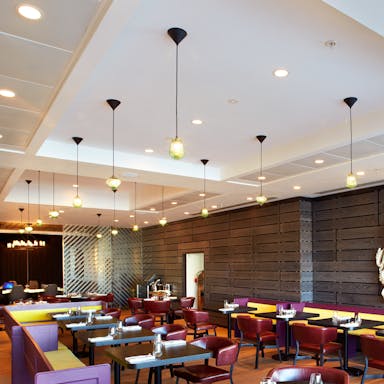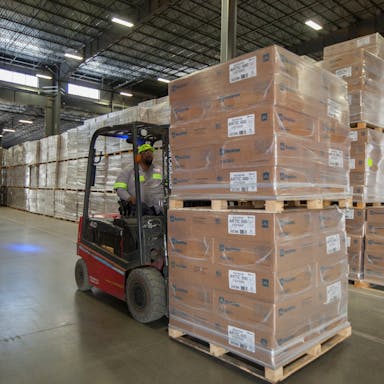In the mid-1990´s, the World Health Organization (WHO) released a Declaration on Occupational Health for All that addressed the need for planning and designing a healthy work environment. Since its publication, occupational health has grown to become an important conversation among health professionals, architects and building owners alike.
A good indoor climate is designed and built to create an atmosphere in which the user is both comfortable and motivated. The quality of lighting is an element of the indoor climate that can affect everything that we do. With over 90% of a company’s operating costs linked to personnel expenses; increases in productivity can yield meaningful returns.
Designing for customers
In a recent and relevant study for architects and building developers, the Smart Market Report 2016, published by DODGE Data & Analytics, ranked access to daylight as an important feature of healthy buildings, and 60% of respondents surveyed for the report also identified access to light as a relevant feature for the healthy building agenda in the future.
Access to natural daylight helps to regulate the body’s circadian rhythm, increasing productivity, energy and mood. For example, “Office occupants prefer access to windows and daylight, which brings consistent benefits in terms of satisfaction and health”.
Looking to the future
As many companies now build their competitive advantage through human capital, providing human-centric real estate will create value for tenants and lead to bigger returns on investment for building owners.
Real estate development is expensive and risky, where the property value is susceptible to changing expectations and requirements. This means that investment in healthy buildings - providing tenants with access to natural light, acoustic and thermal comfort - can help moderate some level of risk.
Don’t stop here!
Continue reading and discover other interesting articles about the challenges of creating a great indoor climate in commercial office spaces below.




